Tower blocks loom large in the story of Douglas Stuart. From the high-rises of Sighthill in Glasgow, where he grew up as the child and de facto carer of an alcoholic single mother, to the skyscrapers of Manhattan, where he points out all the offices of global fashion brands he worked at.
There’s Calvin Klein, Gap Inc and Kate Spade, he points out to Alan Yentob. The only one not visible is Ralph Lauren, which is uptown.
“You can see most of my history from here,” says Stuart.
Except that’s not quite true. You can’t see Glasgow from Manhattan, and despite moving to New York more than 20 years ago, the city still looms large in Stuart’s life and his unexpected career change.
The book that won the Booker
In 2020 his first novel Shuggie Bain, written at night over many years after he’d finished the day job, won the Booker Prize.
He’s just the second Scottish writer to do so after James Kelman in 1994, and the book’s success has turned him into a softly-spoken literary celebrity.
Yet the story is only one step away from autobiography, telling of young Shuggie’s upbringing with an alcoholic mother named Agnes, also the name of Stuart’s mum.
Shuggie is bullied as a teenager who’s just beginning to realise he’s gay, exactly as Stuart experienced.
It’s a compelling storyline for a life and for a novel, and both were dug into by Yentob in Imagine… Douglas Stuart: Love, Hope and Grit (BBC One).
It was a great watch, even when you felt the cringe for Alan when he asked Stuart to translate phrases like “gallus” and “gee it laldy… is that right?”
The Barrowlands Ballroom
It opened on the outside of the Barrowlands Ballroom, and a mural taken from the book which bears the words: “You’ll not remember the city. You were too wee. But there’s dancing, all kinds of dancing.”
In one of a few celebrity cameos, Lulu reads the words in soft tones, remembering her own Glasgow youth, where hard partying at the weekend blanked out the week’s hard living.
Once when he walked past the mural, Stuart said, he saw two men taking a pee against it.
“That’s perfectly Glasgow,” he laughs. “We shouldn’t worship things, we shouldn’t put anything on a pedestal. Keep it very real.”
Two halves of a life
The soundtrack switches from Glasvegas to Bobby Womack’s Across 110th Street, and we see the two halves of Stuart’s life, meeting his Glasgow taco shop owner niece Laura, and his American husband Michael.
Amid these excursions, we hear of the shared admiration between Stuart and the band Belle & Sebastian. Stuart Murdoch is interviewed, and they perform Stuart’s favourite song Get Me Away from Here, I’m Dying. We also hear Val McDermid on how his books reflect homophobia and gay representation in Scotland.
Through it all, Stuart is thoughtful and charming, and he demonstrates how his books (the ‘90s-set Young Mungo was released this year) reflect the effect the Thatcher years had on Scotland’s working class men in particular.
He writes about a generation who said “the future doesn’t care about us, why should we care about the future?”
This felt like an essential watch to understand an era in Scotland, not just one writer it produced.
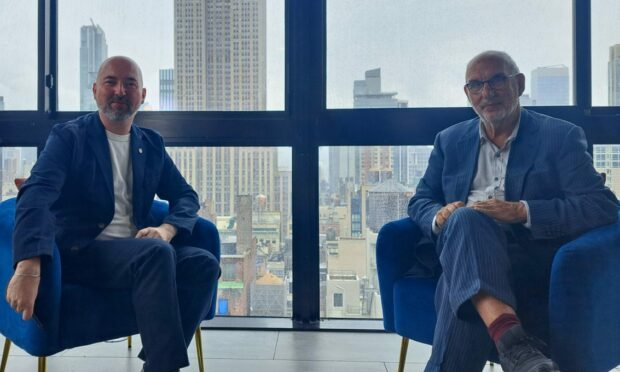
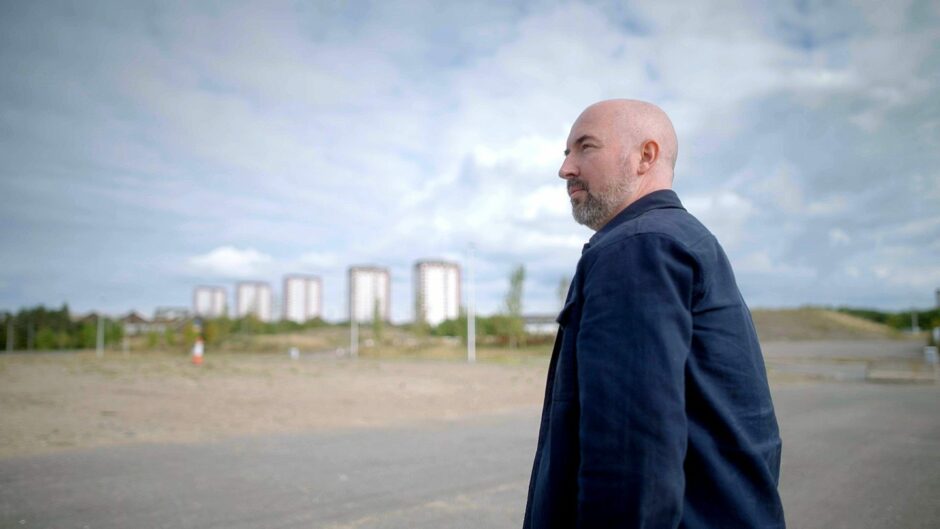
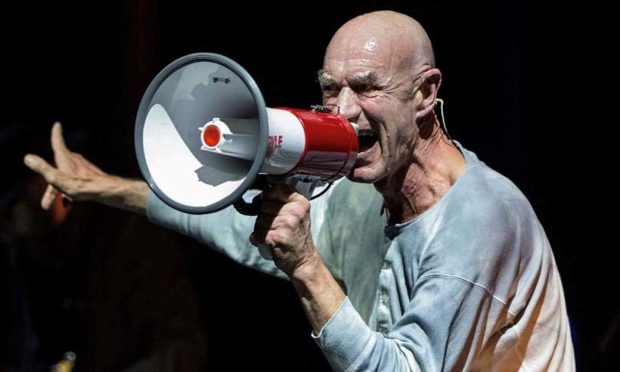
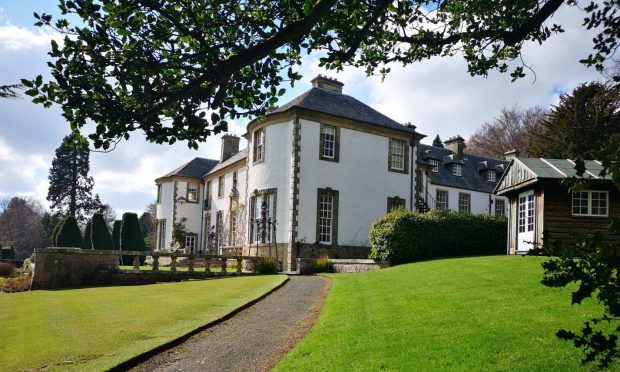
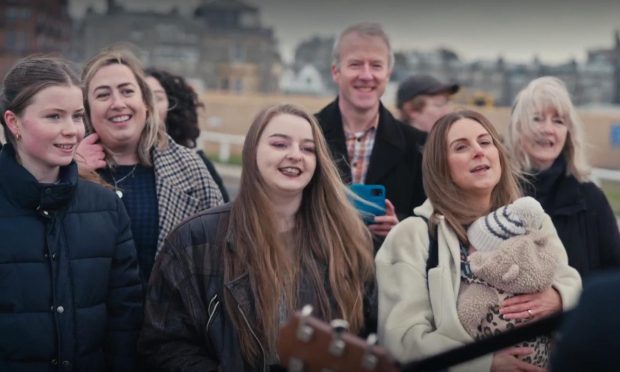
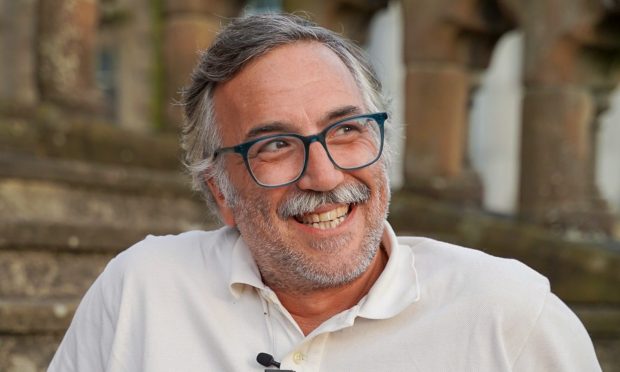
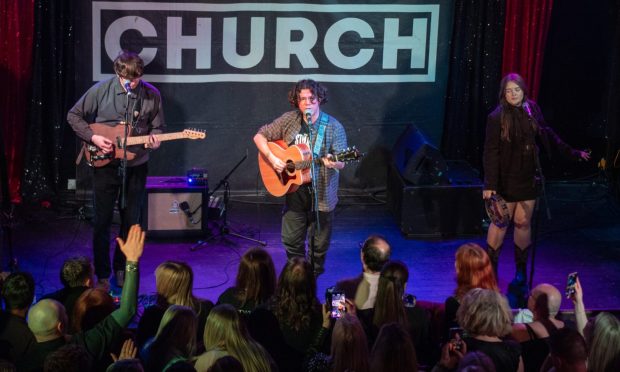

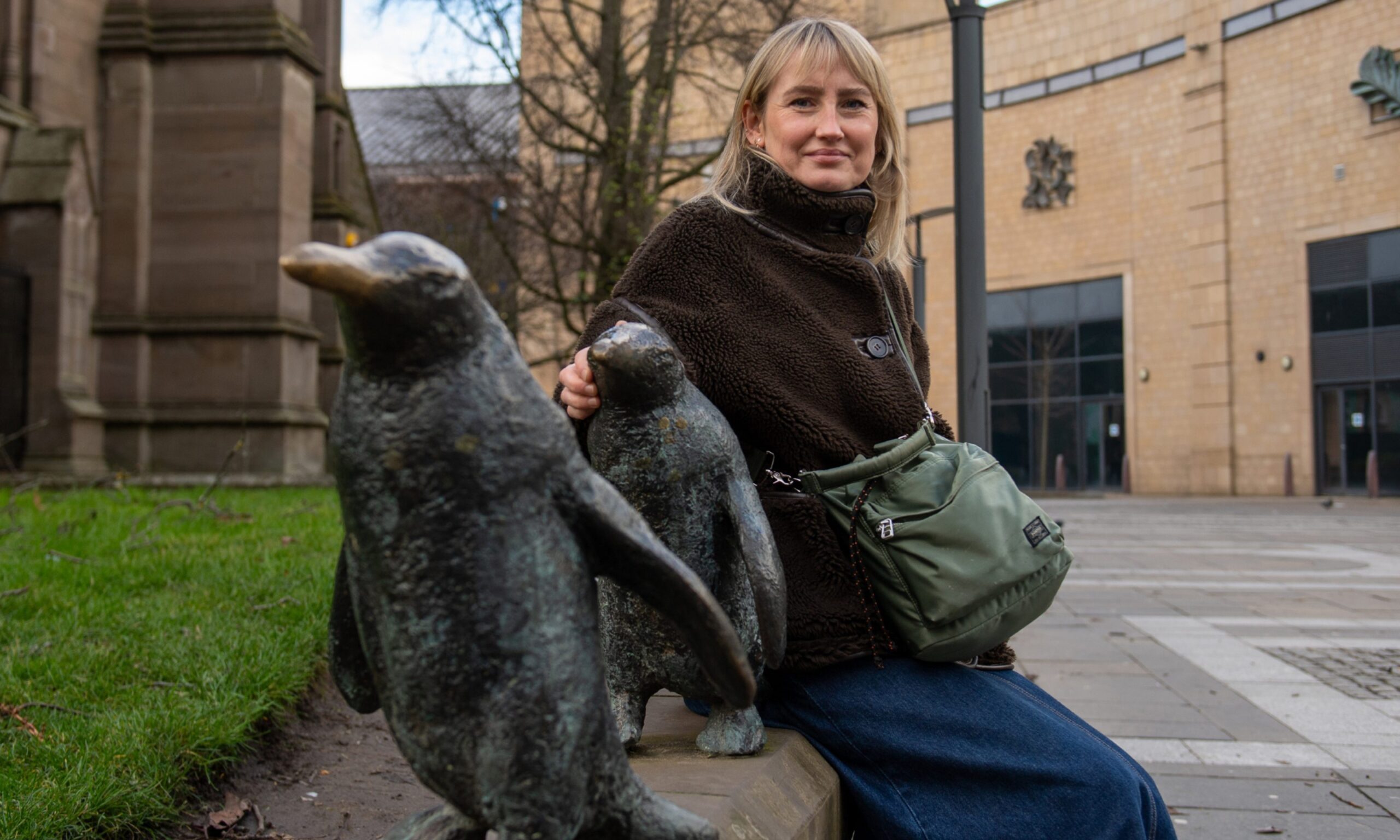

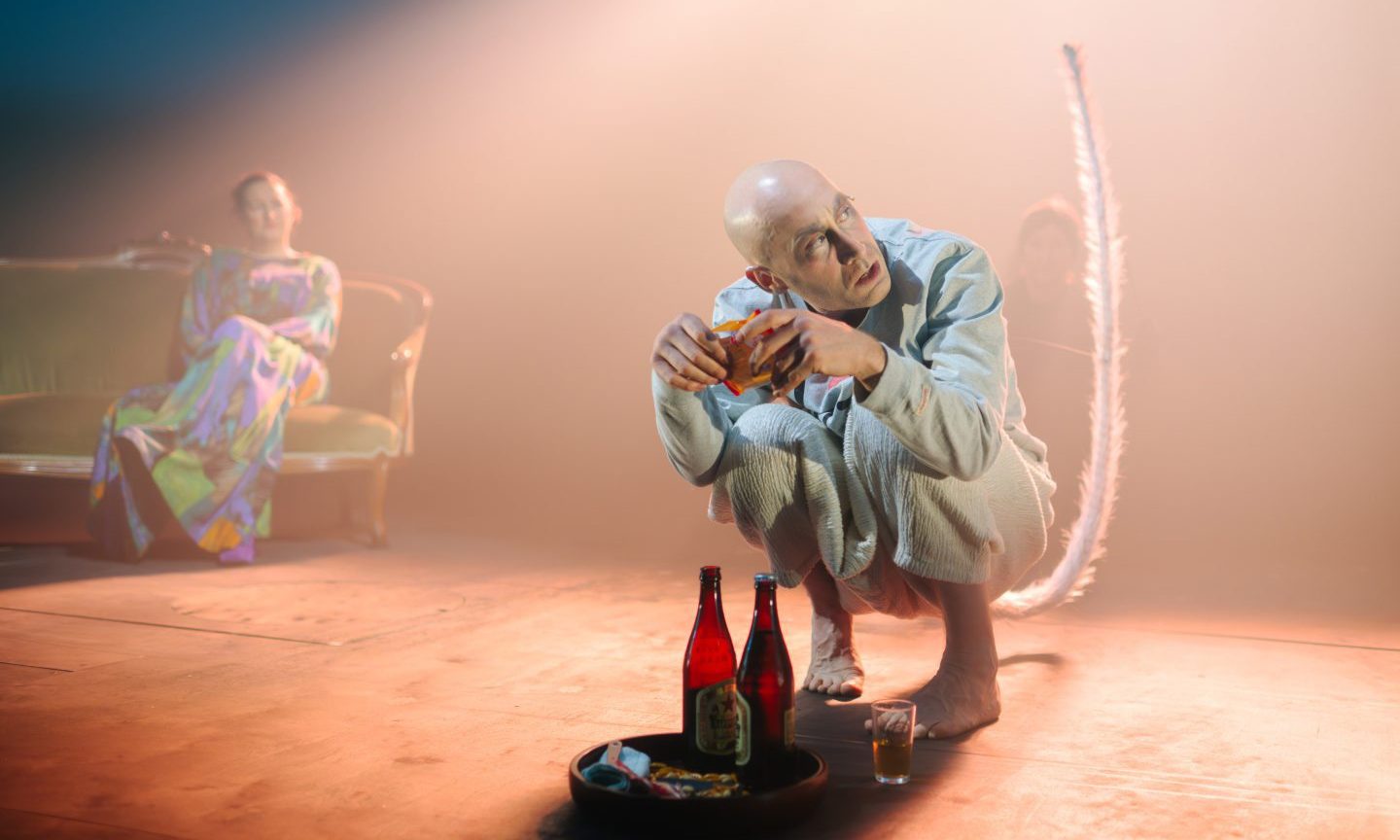

Conversation